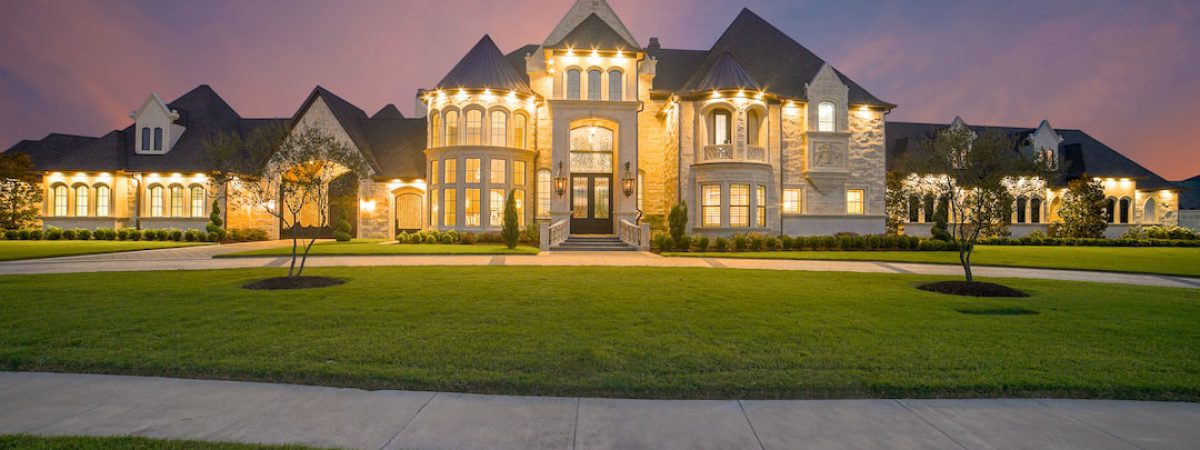
HOMEOWNER INSURANCE
Types of Homeowners Insurance Coverage
At least six distinct coverage components are typically included in a standard homeowner’s insurance policy. The names of the components may change from best homeowner insurance company to insurance company. Still, they are generally referred to as coverage for Dwelling, Other Structures, Personal Property, Loss of Use, Personal Liability, and Medical Payments. Depending on the insurance company, the names of the components may also change. Insurance makes sure you’re covered if the worst happens, but for home insurance, the coverage you need will depend on where you live and the nature of your home. Carefully consider all of your options to help build a home insurance policy customized to your needs.
Coverage A: Residence
Your home and any structures linked to it, such as garages, decks, or fences, are protected under the first coverage portion of your homeowner’s insurance policy. Your home is protected under a standard policy if it is damaged by various perils, also known as causes of loss. These perils include fires and storms. However, coverage for losses that result from the following reasons is typically not included in homeowner’s insurance policies:
- Earthquake
- Flood
- Poor maintenance standards
- Damage caused by pests
- Normal use causes wear and tear and any progressive damage or degradation.
Coverage B: Other Structures Are Included Under
Coverage B, also known as other structures insurance coverage, is the part of your homeowners policy that protects structures on your property not physically connected to your home, such as a detached garage, storage shed, or gazebo. Your other structures coverage limit is typically set at 10% of your policy’s dwelling coverage, but this can vary by insurer.
What’s included under other structures coverage?
Other structures coverage on your homeowners insurance policy protects against damage to gazebos, detached garages, guest houses, sheds, and even fences.
Other structures includes property that’s set apart from the main dwelling by a distinct space or connected only by a fence. Attached garages and attached decks are covered under your policy’s dwelling coverage, while a detached structure such as a storage shed in the backyard falls under other structures coverage.
How much coverage does other structures insurance provide?
Although the amount can vary depending on your policy, your Coverage B limit is typically set at 10% of the limit for your policy’s Coverage A, also known as dwelling coverage. For example, if your dwelling limit is $400,000, your other structures insurance coverage would be $40,000.
If your Coverage B amount wouldn’t sufficiently pay to repair or replace your other structures, you may be able to increase it, depending on your insurer, by adding more coverage or an endorsement to your policy.
Are there limitations to other structures coverage?
Coverage B, like Coverage A, does not cover all types of damage. Here are some damages and events not covered by other structures insurance:
- Flood damage
- Earthquakes
- General wear and tear
- Gradual water damage
- Pest damage
Other structures coverage also doesn’t typically cover business structures. Suppose you run a small business from a detached structure on your property, or you have a backyard shed that’s been converted into an Airbnb or rental apartment. These may not be covered under your homeowners policy. Consider purchasing business insurance to properly cover business structures.
